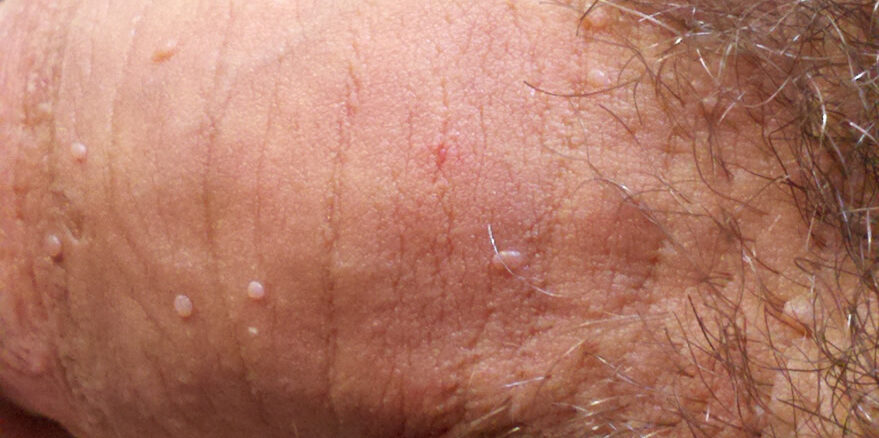INTRODUCTION
Genital warts are small fleshy raised growths that develop around the genitals of women. Men can also be affected.
It is caused by the sexually transmitted virus Human Papillomavirus [HPV] 6 and 11. There are over 120 types of HPV, with some of them causing several cancers. While genital warts are not cancerous, they are a cause of distress to the client.
Rates of genital warts are highest in sexually active females below 25 years of age and increases with the number of sexually active partners. It has also been found in children due to transmission from the genital tract of the mother during childbirth. About 60 % of women will develop genital warts about 3 months after sex with an infected partner.
Women at the highest risk of developing genital warts include:
- Those who engage in sex at an early age
- Clients with multiple sexual partners
- Commercial sex workers
- Having unprotected sex with an infected partner
- Conditions that compromise the immune system such as HIV/AIDS.
SYMPTOMS
Some clients with genital warts may not realize they have a challenge until the lump gets bigger or it is noticed by a partner.
The earliest symptom noticeable is painless, lump around the vulva, vagina, clitoris or anus. The client may notice a single lump or they may be multiple. These lumps could cause itching and bleed if bruised.
CAUSES
Genital warts are caused by Human Papillomavirus [HPV]. HPV is the commonest sexually transmitted infections with over 40 types known to affect the genitals of women. HPV types 6 and 11 are the commonest culprits which cause warty growths.
PREVENTION
Vaccination with the HPV vaccine before first sexual intercourse for both males and females is a preventive method. The vaccine can be administered from age 9 years for both sexes. Children 14 years and below receive 2 doses of the vaccine 6 months apart, while those 15 years and above receive 3 doses stat, after 1 month and 6 months later.
Genital warts could be prevented by reducing the number of sexual partners; ensuring the sexual partner does not have visible lesions on the genitals and use of condoms during sex. Condoms are not fully protective because the scrotal sac can carry the virus.
COMPLICATIONS
While genital warts are not cancerous it causes distress for the client and painful sex. If a client is infected with the cancerous strains of HPV, it could lead to cervical and other cancers over time.
Pregnant women with warts could bleed from the growths during delivery. Rarely, babies born vaginally by infected mothers could develop oropharyngeal papillomatosis [a rare condition in which there is warty growth around the throat of the baby making breathing difficult].
DIAGNOSIS
Diagnosis of genital wart is mainly clinical. They are seen as papillary growths on a stalk. They could be single, multiple or florid.
They could also be inspected by applying 3 – 5 % acetic acid on the area and viewing with a colposcope. Areas affected appear whitish [aceto white].
A biopsy of the lesion may be necessary to distinguish it from other vulvar lesions.
HPV typing and a pap smear may be necessary to check for the presence of high-risk HPV types [which could lead to cancers] and precancer lesions on the cervix.
Because genital warts are sexually transmitted infections, and clients are at increased risk of other STIs the doctor may check for the presence of other sexually transmitted infections as indicated including an HIV test.
TREATMENT
Medical Treatment
This is done to clear off visible lesions; however, the growth could recur.
Medical treatment includes the use of podophyllin gel or solution, silver nitrate or trichloroacetic acid.
However, there is a risk of recurrence following medical therapy and there may be a need for repeated treatment.
Surgical Treatment
This is done where there are large lesions over a large area or very small lesions.
Surgical treatment includes:
- This is performed with the aid of local or general anaesthesia using a surgical blade to excise warts.
- This uses a probe to burn the lesions. It can be used in pregnant women.
- Electrosurgical excision. This uses an electrode connected to a generator to excise warts. It is commonly used when medical treatment fails.
WHEN TO SEE A DOCTOR
You are advised to see your doctor if you experience the following.
- If you notice fleshy growths around your vulva or anal region.
- If you have a partner with warty growths on his penis.
- If you have not taken your HPV vaccine.

